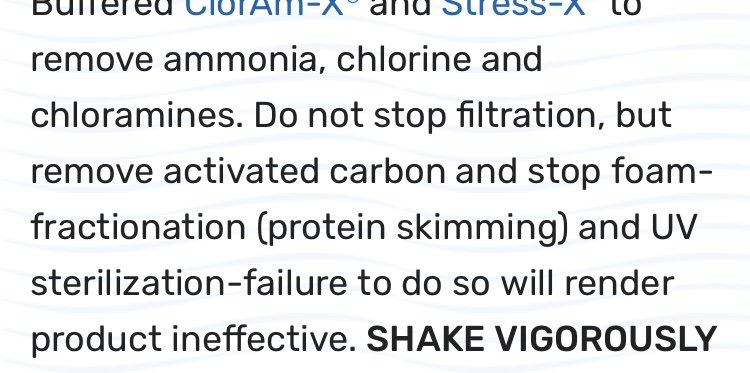Another question. On prazipros site it says to turn off the skimmer and the UV sterlizer. It says failure to do so will render product ineffective. I know the UV sterlizer would render it uneffective. But it says sterilizer and UV in the same sentence. So thats a bummer if true because I did not shut the skimmer off. Prazipro says not to use with other medication. Pimafix is not an antibiotic. I had to move the fish to a 10 gallon because a fungus popped up on his gill. Not sure if I should put the prazipro in there. Pimafix is all herbal. Worried now that the skimmer didn't let the Prazipro work. But I many gave said don't worry.





















